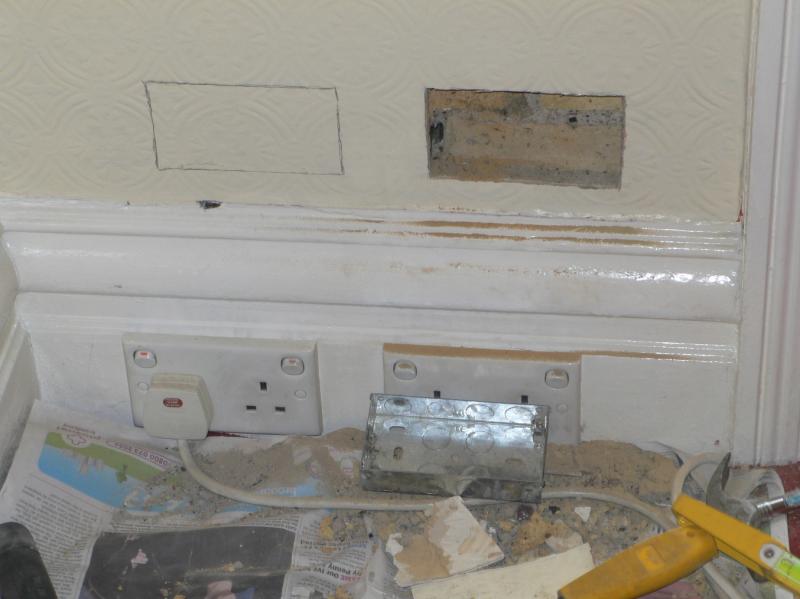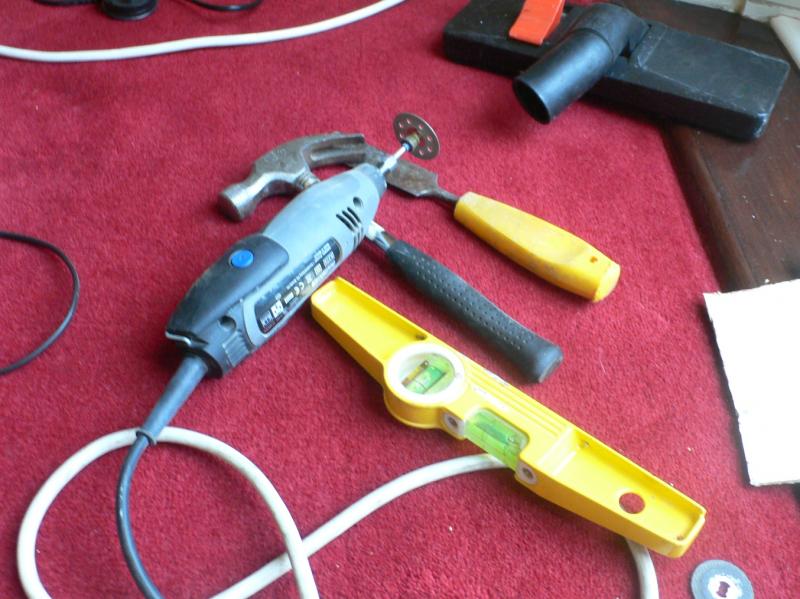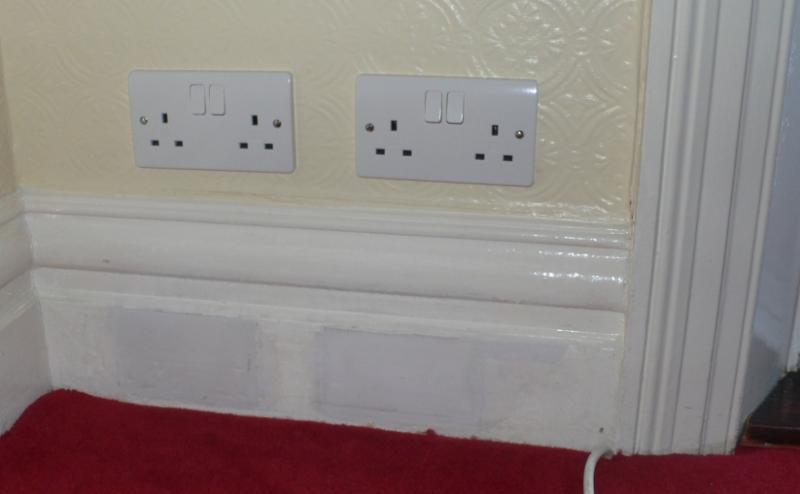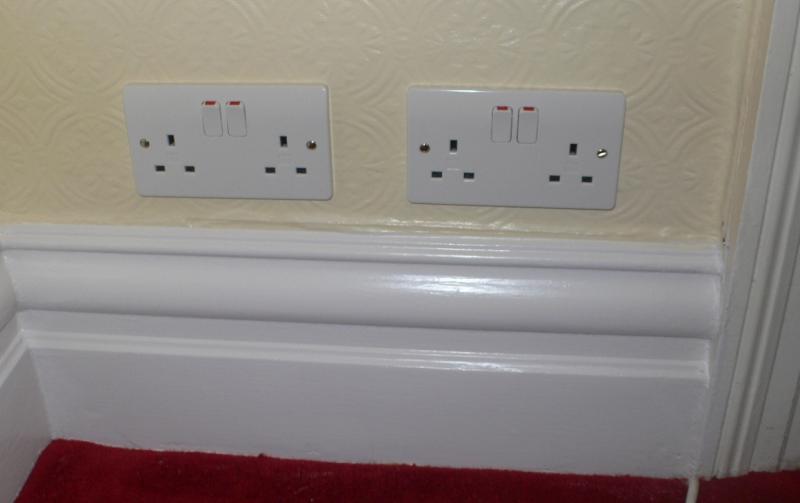B
blackranger
Elictrical work in 1900's house.
We have a house that is a mixture of dated wiring.
i have had a quick look at the wiring. ITS A 3 STORY BUILDING IN SCOTLAND.(important as i think the rules are different in scotland)
There is a small extension room with 80's/late 70's wiring (ground floor)
The kitchen is the same.(cooker switch/isolation directly above cooker.)
living room and second floor is rubber sheethed cable to the sockets with NO EARTH (has 3 pin round sockets mounted on metal plates at skirting level...nice uh lol )
3rd floor 70s/80's wiring
i think the lighting curcuit looks like it could be lead.
There are 3 consumer units 1 looks late 70's/80's not hooked up. other 2 are live and old.
Now my question lol
What can a diyer legaly replace?
All The consumer units can be isolated from the main supply
And are located in the kitchen.
We have a house that is a mixture of dated wiring.
i have had a quick look at the wiring. ITS A 3 STORY BUILDING IN SCOTLAND.(important as i think the rules are different in scotland)
There is a small extension room with 80's/late 70's wiring (ground floor)
The kitchen is the same.(cooker switch/isolation directly above cooker.)
living room and second floor is rubber sheethed cable to the sockets with NO EARTH (has 3 pin round sockets mounted on metal plates at skirting level...nice uh lol )
3rd floor 70s/80's wiring
i think the lighting curcuit looks like it could be lead.
There are 3 consumer units 1 looks late 70's/80's not hooked up. other 2 are live and old.
Now my question lol
What can a diyer legaly replace?
All The consumer units can be isolated from the main supply
And are located in the kitchen.






